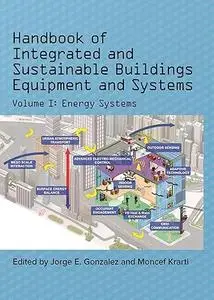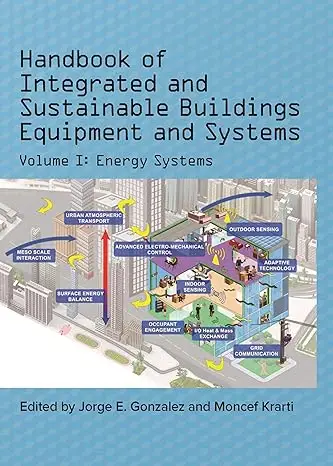Jorge E Gonzalez, Moncef Krarti, "Handbook of Integrated and Sustainable Buildings Equipment and Systems: Volume 1: Energy Systems"
English | 2017 | ISBN: 0791861279 | PDF | pages: 542 | 188.7 mb
English | 2017 | ISBN: 0791861279 | PDF | pages: 542 | 188.7 mb
This Handbook of Integrated and Sustainable Buildings Equipment
and Systems is a direct result of the American Society of Mechanical
Engineers (ASME) initiative on Integrated/Sustainable Building
Equipment and Systems (ISBES) which has the objective of filling voids
in the literature and motivate advances on integrated mechanical systems
in buildings. The main focus of this first Volume of the Handbook is
on integrated energy systems in the built environment. The handbook
includes current state of knowledge in areas of energy equipment and
building energy modeling tools, and emerging topics in a wide range of
areas encompassing combined heat and power, building energy storage
systems, and advanced control strategies for mechanical energy systems
in buildings. In addition, the integration of renewable energy and passive
cooling and heating strategies as well as the latest advanced techniques to
analyze energy demands at the neighborhood and city scales are addressed.
The contributors have a diverse set of skills and extensive experience in
building energy engineering. The main audience for the Handbook are
practitioners building engineers and researchers seeking current and
emerging topics in a single source.
The first handbook of the ISBES initiative highlights the state-of-the art
in energy systems for buildings and has four different but very important
focus areas:
- Developing and promoting innovative energy efficient design
strategies;
- Integrating renewable energy generation into buildings and building
systems;
- Integrating power generation systems into building heating and
cooling systems; and
- Integrating energy strategies at neighborhood and city-scales.



